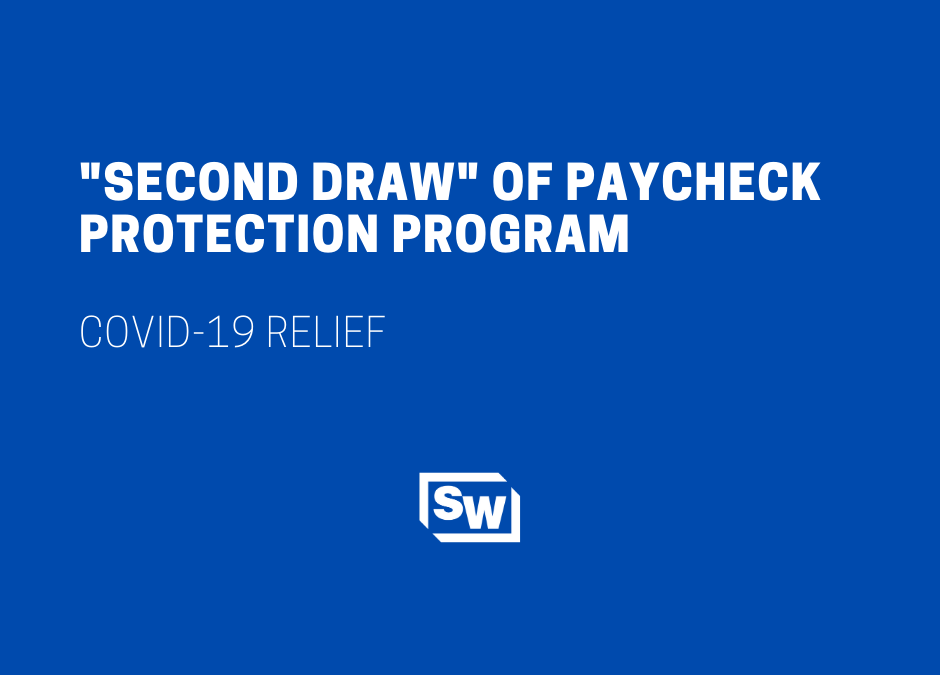On December 21, 2020, the U.S. Senate and House of Representatives voted to approve the Consolidated Appropriations Act of 2021.
Title III – Continuing the Paycheck Protection Program and Other Small Business Support in the Act provides for a “second draw” PPP loan which will be available to businesses that have 300 employees or fewer, have used or will use the full amount of their first PPP loan and have seen a reduction of greater than 25% in gross revenues.
A business is eligible for the loan if its gross receipts for any one quarter in 2020 represent a reduction of at least 25% from the corresponding quarter of 2019. Businesses that were new in the second half of 2019, or in 2020, may also be eligible as long as they were in business by February 15, 2020. These new businesses will have adjustments available as to which quarters gross revenue can be compared to.
PPP loans are now available for 501(c)(6) organizations, destination marketing organization, news organizations and housing cooperatives. This Act also permits first-time borrowers from the following groups:
- Businesses with 500 or fewer employees that are eligible for other SBA 7(a) loans.
- Sole proprietors, independent contractors, and eligible self-employed individuals.
- Not-for-Profits, including churches.
- Accommodation and food services operations (NAICS codes starting with 72) with fewer than 300 employees per physical location.
The maximum loan amount for this round of funding is capped at $2,000,000. In general, the calculation for the maximum loan amount is 2.5 times the business’s average monthly payroll costs. At the discretion of the borrower the average monthly payroll can be calculated using either calendar year 2019, or 1 year from the date of the loan. For businesses in the accommodation and food services sector the maximum loan amount is calculated using 3.5 times the average monthly payroll costs.
Under Sec 311 of Title III additional expenses were added to the original categories of expenses (payroll, mortgage interest, rent, and utilities) as allowable and eligible for forgiveness. Those additions include:
- Covered operations expenditures
- Covered property damage costs
- Covered supplier costs
- Covered worker protection expenditures
As with the first PPP, at least 60% of the loan amount must be used for payroll costs during the covered period in order to qualify for full forgiveness.
The definition for qualified wages used for loan forgiveness has also been updated. The clarification was made to avoid double counting wages that are taken for the Employee Retention Credit which now is available to those who took a PPP loan. The important thing to note is just to not try to count the same wage expenses for both programs.
The SBA has 10 days from the date of enactment of this Act to issue regulations related to the provisions above. Additional information on the SBA’s release of additional PPP second draw guidance can be found here.
If you have any questions, please reach out to your personal Sciarabba Walker contact or email us at info@swcllp.com.

